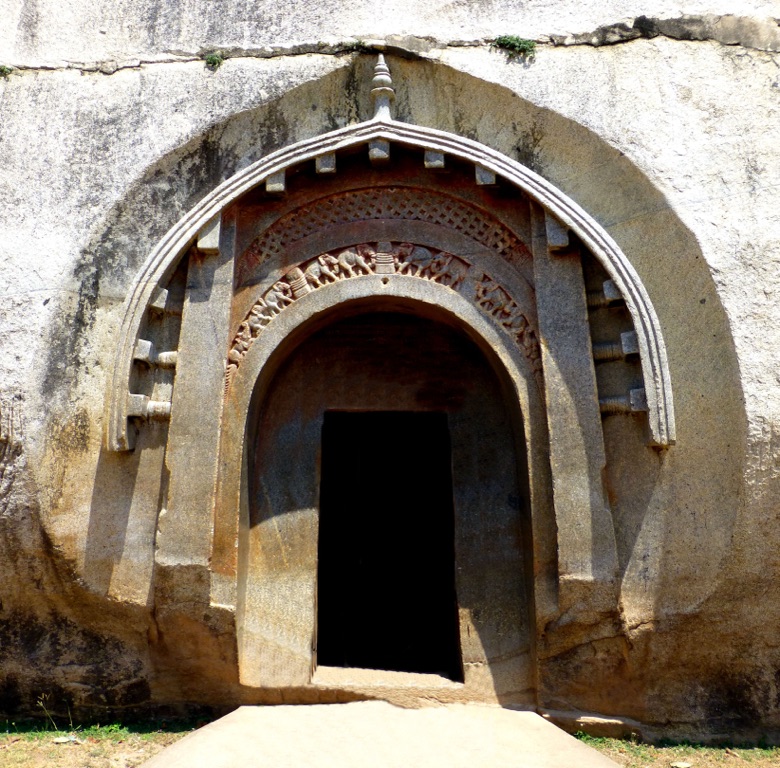The Lomas Rishi Cave is a sacred gem nestled in the Barabar Hills of Bihar, India. This grand historical site showcases India’s rich cultural heritage. Visitors are often spellbound by the intricate carvings and the cave’s alluring entrance. Designed to resemble the wooden architecture of ancient Indian sanctuaries, it serves as a testament to the skilled craftsmanship of the Mauryan period. The intricate details carved in the facade reflect stories of ascetic life and religious fervor that have captivated historians and tourists alike.
Mauryan Empire
The Maurya Empire, one of the most extensive and powerful political and military empires in ancient India, existed from approximately 322 to 185 BCE. Founded by Chandragupta Maurya with the help of his adviser Chanakya, the empire unified vast stretches of the Indian subcontinent for the first time. Its influence extended across modern-day India, Pakistan, Bangladesh, and parts of Afghanistan and Iran. The Mauryan capital was Pataliputra, located in present-day Patna, which was hailed as one of the greatest cities of the ancient world. Under the rule of Emperor Ashoka, one of its most famous leaders, the Mauryan Empire reached its zenith both in terms of geographical expansion and cultural and economic prosperity.
The Mauryan Empire was impressive not only in terms of its size but also due to its achievements in governance, economy, and culture. Its sophisticated administration system featured a regimented civil service that oversaw everything from municipal hygiene to international trade. Emperor Ashoka’s reign marked a particularly significant era as he converted to Buddhism after the Kalinga War and became a proponent of peace and non-violence. His edicts, carved on rocks and pillars throughout the empire, promoted moral and ethical values based on Buddhist principles. The Mauryan Empire also excelled in art and architecture, with the Ashokan pillar being one of the iconic symbols of its artistic heritage. Despite its eventual decline, the legacy of the Mauryan Empire continued to shape Indian culture and political systems long after its fall.

